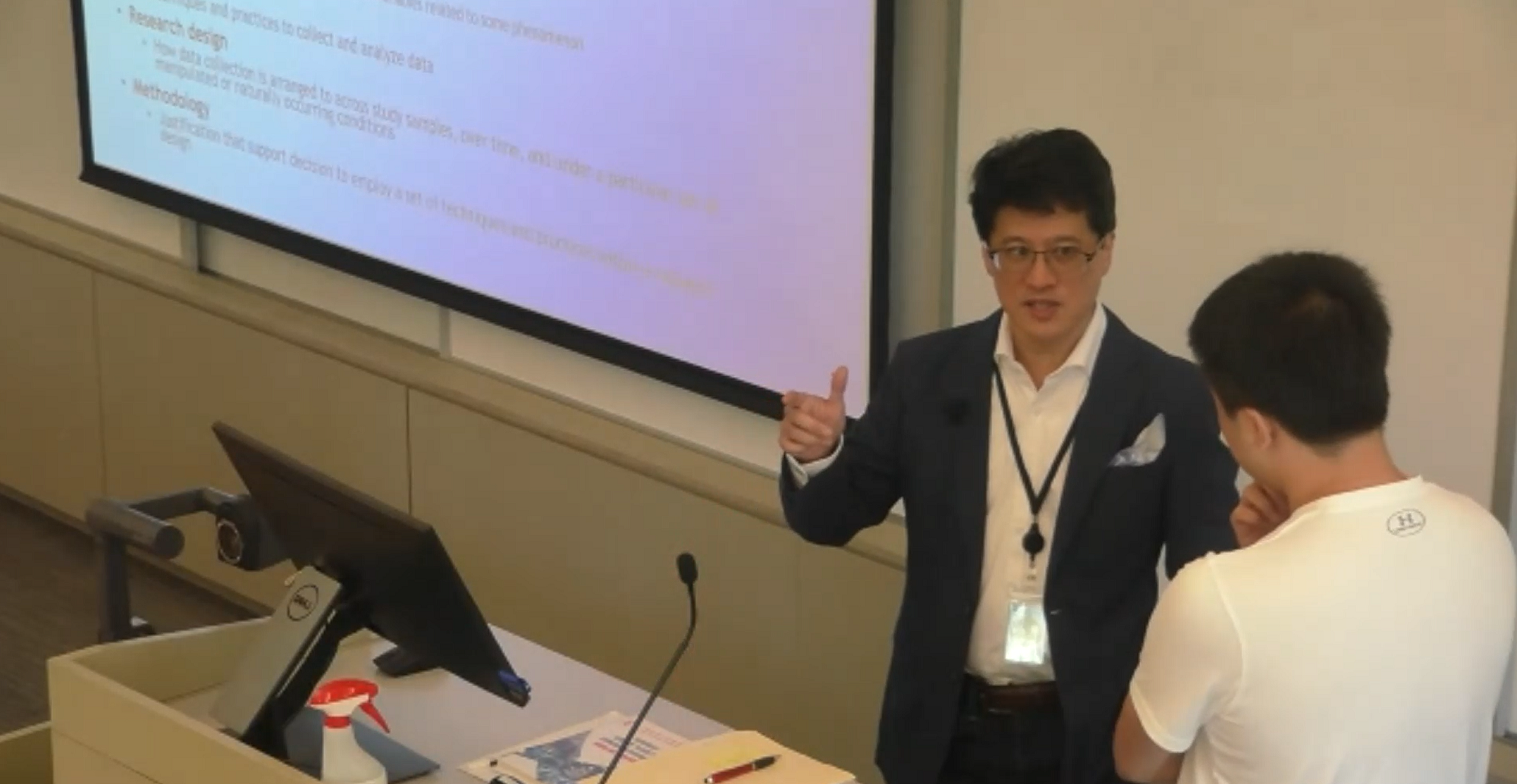Competitive intelligence (CI) is an activity done by a wide range of professionals ranging from marketers to product managers to consultants to strategic planners. Now I’ve held back for many years on posting on the subject of conducting CI ethically. I tend to be more on the conservative side, and by posting my thoughts on this subject publicly, I’ve had concerns that some clients and future employers would see me as too soft on the issue. Would a client shy away from hiring me because I was unwilling to go the “distance” to get a job done?
In spite of my concerns, I’ve decided to address the issue here. In my experience with the business world, I’ve seen the topic of ethics (in the context of CI) discussed much less frequently than I would have expected, and that should change. Here I’ll provide some examples of bread and butter methods and more infrequently used methods for conducting CI. People should feel free to comment on other methods they have used. I’ll also provide some examples of activities that I either think are questionable or outright unethical.
Here are some examples of ethical, secondary research methods for performing CI:
- Pulling annual reports and shareholder presentations on competitors from the web
- Analyzing securities and exchange commission (SEC) filings and financial statements
- Gathering marketing collateral information from trade show booths of competitors
- Obtaining industry reports from investment banks and/or financial institutions
- Reverse engineering the positioning focus of competitors from marketing collateral
- Searching through LinkedIn to analyze salesforce profiles and reverse engineer likely go-to-market methods
- Analyzing resumes of employees of competitor
- Using Google satellite to analyze geographic profile and size of competitor facilities
- Using Crunchbase or Techcrunch to analyze private companies
- Using Compete, Alexa, and other web services to analyze web traffic
- Analyzing advertising copy and positioning
- Purchasing third-party reports (e.g., Gartner, Forrester, Parks Associates) to round out research
- Looking through job postings by the company on the web
Here are some examples of ethical, primary research methods for performing CI:
- Interviewing a distributor that has experience with competitors and asking questions whether client’s proposed offer would be competitive
- Asking distributor to describe any non-confidential information that they would be comfortable sharing about either the competitor or distributor’s relationship with competitor
- Visiting retail outlets of competitor to infer go-to-market methods, assess general profile of locations, etc.
- Directly purchasing a competitor’s service or product
- Surveying salespeople within client organization to get their feedback on what they’ve run into with respect to selling against the competition
- Conducting focus groups with general customers to get their feedback on competitor’s products versus the client’s prospective offerings
- Obtaining general information by calling into a competitor’s call center
Finally, here are some examples of questionable or unethical methods of performing CI (and these topics come up somewhat frequently in my experience):
- Misrepresenting oneself as a potential customer of competitor in order to get pricing information not made generally public
- Asking a current distributor or employee of competitor to share proprietary information about competitors and violate non-disclosure agreements
- Interviewing a competitor’s employees for the sole purpose of gathering competitive information as opposed to intending to consider such people for direct hire
One problem that I see organizations run into is that they can get focused on one single issue. For example, they may say “I must know exactly how competitor XYZ is pricing”. This type of logic can be dangerous because it tends to lead to one solution. It may also tempt one to try to take unethical shortcuts. If the problem statement is reframed around “getting a better picture of whether my client’s market offer is competitive”, then this can lead to more flexible and varieties of solutions. Tools like conducting customer focus groups, surveying salespeople, etc. then become possibilities for solving the real problem at hand.
As a closing note, in a framework I alluded to in a prior post, one way to think about activities are to classify them in two dimensions: (ethical – unethical) & (legal-illegal). The other framework that I use for weighing ethical issues is to determine how I would feel if my activities were plastered all over major press outlets. Would I be embarrassed by my team’s or my personal activities? Posing that type of question is often a nice litmus test for good behavior.
*********************************************************************************************************************
Please enter your email address to subscribe to updates on Steve Shu's blog. Thanks for subscribing!
